Oct 21, 2025
6 min read
Best Spotify equalizer settings can completely change how your music sounds - but most users don't even know they exist.
If your bass sounds flat, vocals are too sharp, or your headphones just don't hit right, it's probably not the song - it's your EQ settings.

If you don't know about Spotify equalizer settings yet, keep reading. In this guide, we'll walk you through how to access the equalizer on Spotify, and show you the best EQ presets based on music genres, audio input, and listening scenarios like podcasts, AirPods, or car speakers.
Part 1: How to Access and Set Up Spotify Equalizer?
Spotify equaliser settings allow you to customize how your music sounds, enhancing bass, treble, or mids to suit your preferences, which can make your music sound better. Here's how to access these settings on different devices.
1. Spotify EQ Setting On iOS
Step 1. Launch the Spotify app and click on profile icon then select Settings and privacy.
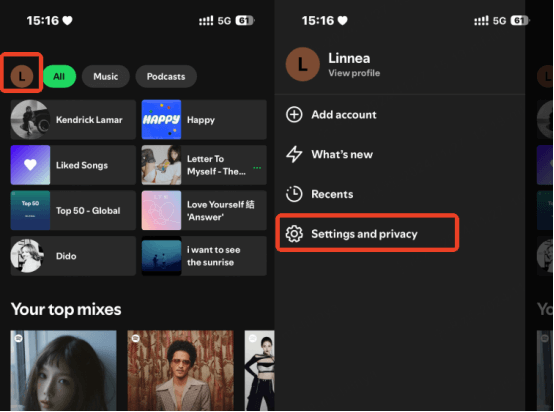
Step 2. Tap on Playback and then select Equalizer.

Step 3. Turn on the Equalizer.

2. Spotify Equalizer Settings On Android
Unlike iOS, the Spotify app for Android does not include a built-in equalizer interface. However, you can still customise your sound by accessing your phone's system-level equalizer. Here's how to find it:
Step 1. Open the Spotify app on your Android phone.
Step 2. Tap the Home icon at the bottom of the screen.
Step 3. Hit the gear icon in the top-right corner to open Settings.
Step 4. Scroll down until you find the "Equalizer" option and tap it.
This will take you to your Android device's default sound equalizer, where you can tweak the audio settings. You'll usually find presets like Rock, Pop, Classical, or Jazz, as well as manual sliders for bass, mids, and treble.
This method allows you to fine-tune your audio output system-wide — not just for Spotify — which is perfect if you often switch between headphones, speakers, or Bluetooth.
The layout and options available here can vary depending on your phone model (e.g. Samsung, Pixel) and Android version. Some devices may require enabling the equalizer from system settings first.
3. Spotify Equalizer Settings On Desktop(Windows/Mac)
Step 1. Launch the Spotify app on Windows or Mac. Tap on the profile icon and then select Settings.
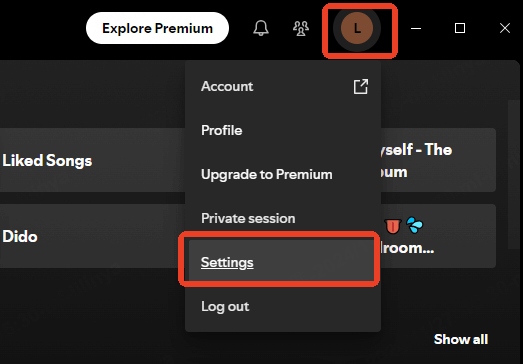
Step 2. Scroll down to Playback and open the Equalizer option.
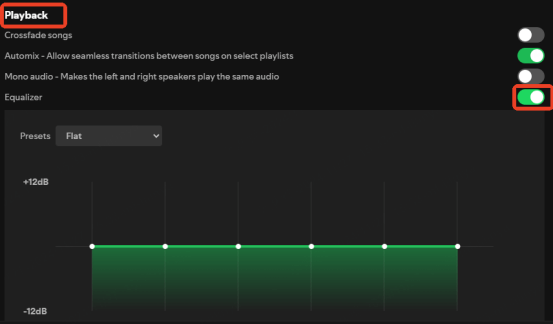
Part 2: Best Spotify Equalizer Settings by Music Genre
1. Classical

A flat or slightly boosted midrange and treble lets you hear the details and harmonies of orchestral instruments, creating a spacious sound.
2. Rock
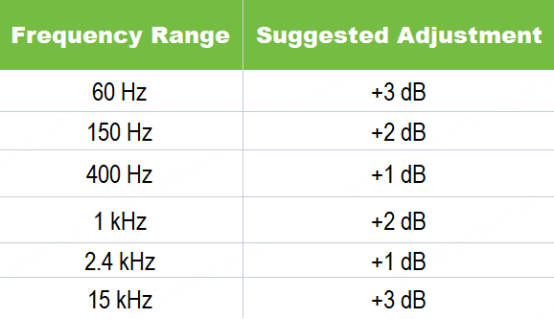
Enhancing the bass and treble makes rock tracks sound powerful and alive.
3. Hip-Hop

The best spotify equalizer for rap: Low-end frequencies make the beats and rhythm stronger, so the vocals stand out.
4. Electronic
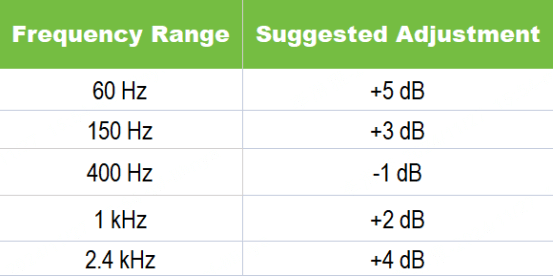
5. Jazz

Boosting the bass and treble while softening the mids creates a warm sound that suits jazz instruments.
6. Metal
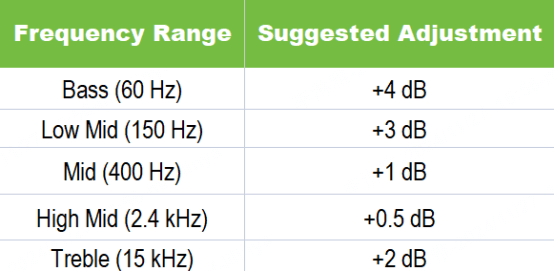
Best Spotify equalizer settings for metal: Changing these settings can make metal sound deeper and heavier while keeping the vocals clear.
7. Pop
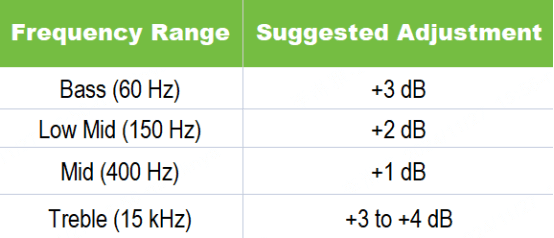
Boosting bass and treble creates an energetic sound with catchy hooks and melodies.
Some experienced Spotify users suggest trying a V-shaped equalizer curve that strongly enhances both low and high frequencies.
In this setup, the bass bands (60–150 Hz) are pushed to near maximum, the midrange (around 400–1 kHz) is kept slightly lower, and the treble (above 2 kHz) is raised again close to the top.
This configuration delivers deep bass and crisp highs, but it requires quality headphones to avoid distortion. If your device can handle it, this setting can make your music sound more dynamic and immersive.
Part 3: Spotify Equalizer Settings for Different Devices & Listening Scenarios
1. Headphones/AirPods
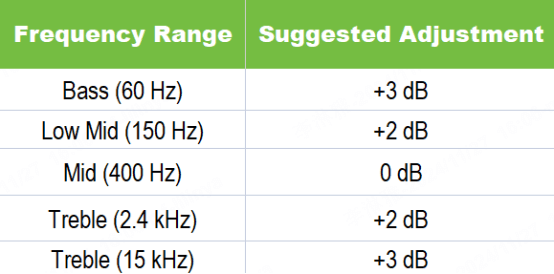
Boosting bass and treble while keeping mids neutral makes vocals and instruments sound clearer and richer, ideal for personal listening.
2. Speakers
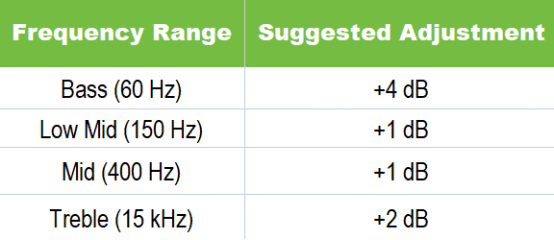
Turning up the bass and treble fills the room with sound, making music sound full and vibrant without losing detail in the mids.
3. Car Audio System
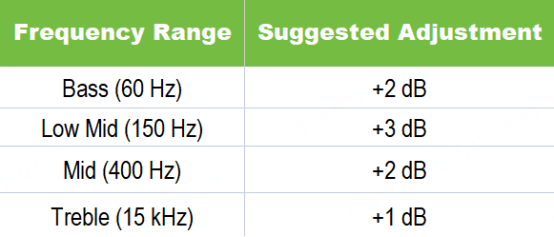
The best spotify equalizer settings for car: Boosting mid-range frequencies helps vocals stand out in a car, where acoustics vary. Reducing very low and high frequencies prevents distortion at higher volumes.
4. Bluetooth Speakers

Boosting low and high ends gives punch to outdoor or large-room sound, making music more immersive even on compact speakers.
5. Podcast / Audiobooks
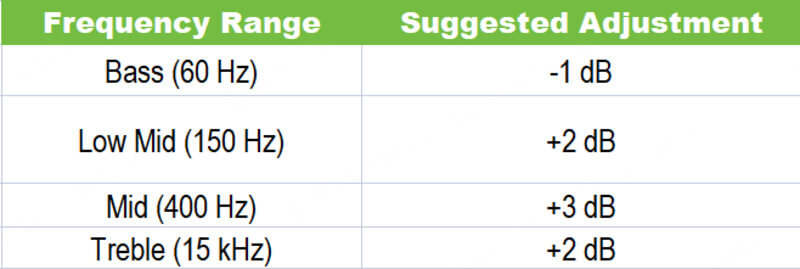
Enhancing mids and highs brings vocal clarity forward and reduces muddiness, perfect for speech-based content.
6. Lo-fi / Background Music

A warmer, softer profile reduces sharpness and distraction, ideal for studying or relaxing with subtle beats.
7. Live Recording / Voice Monitoring

Prioritising mid frequencies improves vocal presence and intelligibility, helpful in live streams or voice playback.
Part 4: Bonus - Fine-Tune Your Spotify Equalizer with AI Music
Tuning your Spotify equalizer is only half of the journey. To truly hear how each frequency change affects your sound, you need clean, custom-made music that reveals every bass hit and vocal nuance. That's where Musicful comes in.
Musicful is an online AI music generator that lets you find, create, and use royalty-free AI-generated music — just by describing a style or pasting your lyrics.
Whether you're into metal, lo-fi, rap, EDM, or cinematic scores, you can generate tracks tailored to your taste and perfect for testing your Spotify equalizer settings with studio-quality sound.
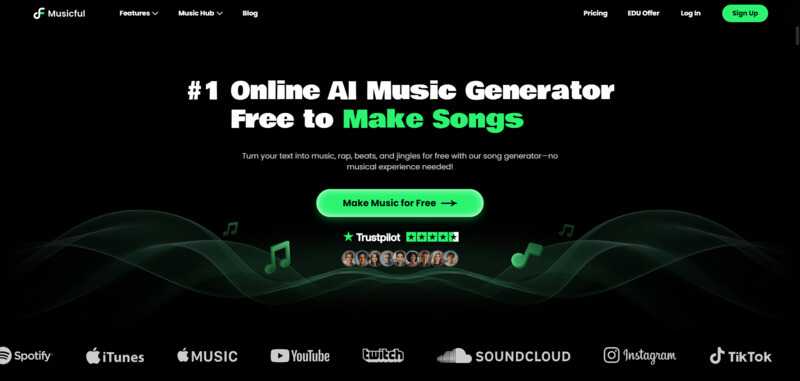
Tip: Once your EQ is tuned, use Musicful tracks as your test playlist to perfect your sound.
Create Your Own MusicCreating more tracks? Use coupon code SAVE10NOW at checkout to get 10% off your next upgrade. More raps, less cost. Start making your sound now.
Part 5: FAQs - Spotify Equalizer Settings
1. What's the best equalizer setting on Spotify?
The best equalizer setting on Spotify depends on your personal preference, music genre, and the device you're using. However, a balanced approach works for most genres. A good starting point is:
-
Bass: Slight boost(+1 to +3)
-
Midrange: Neutral or slight boost(+1 to +2)
-
Treble: Boosted(+2 to +3) for clarity and detail.
Experiment with these adjustments to tailor the sound to your liking, but remember to adjust based on the device and music genre.
2. Which equalizer setting is best?
The best equalizer setting depends on you. If you want more bass, boost it. For clear vocals, boost the midrange. A balanced setting with a little boost in bass and treble works well for most music. The best setting is the one that enhances the genre and style you're listening to.
3. What is the best setting for EQ on Spotify?
The best setting for EQ on Spotify varies by genre:
-
For pop music: Slight boost in treble and midrange for clarity.
-
For hip-hop: Stronger bass boost for impactful beats.
-
For classical: Focus on midrange and treble to capture the richness of instruments. Adjust the settings depending on your genre preferences and listening environment.
4. What is the best equalizer setting to hear voices?
To enhance vocals, focus on the midrange frequencies. The best equalizer setting for clear vocals typically includes:
-
Bass: Neutral or slightly reduced.
-
Midrange: Boost(+2 to +3) to bring out the vocals.
-
Treble: Light boost(+1 to +2) to add clarity without harshness.
Conclusion
Best Spotify equalizer settings aren't one-size-fits-all — they depend on what you're listening to, where you're listening, and how you want it to sound. With the right EQ adjustments for your genre, device, or environment, you can turn average audio into a fully personalised experience.
To take it a step further, try using Musicful, an AI music generator that lets you create custom songs in any style.
Enjoy tuning, creating, and listening — your perfect sound is just a few tweaks away.
TRY MUSICFUL HERETop 10 Spotify Alternatives: Best Music Streaming to Try






